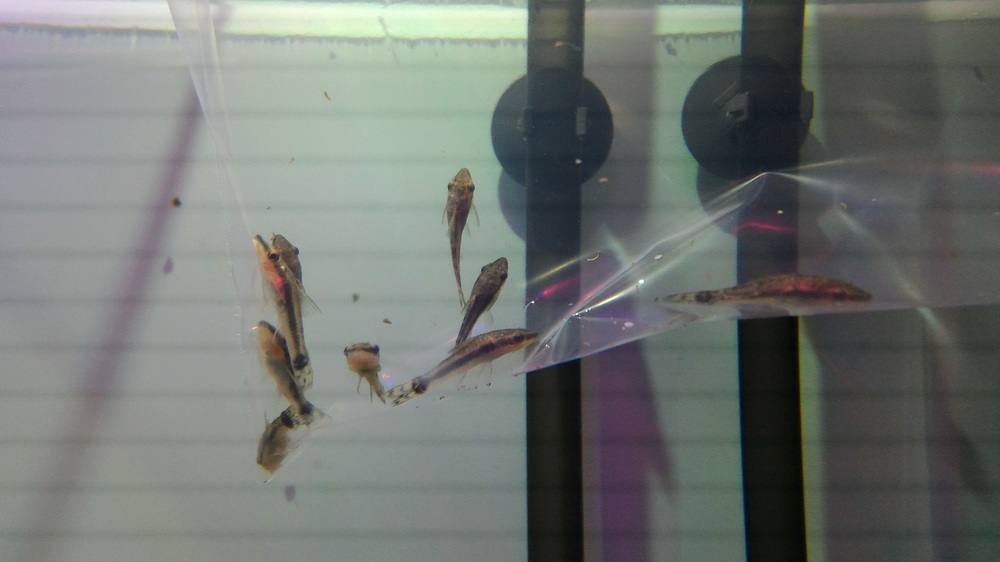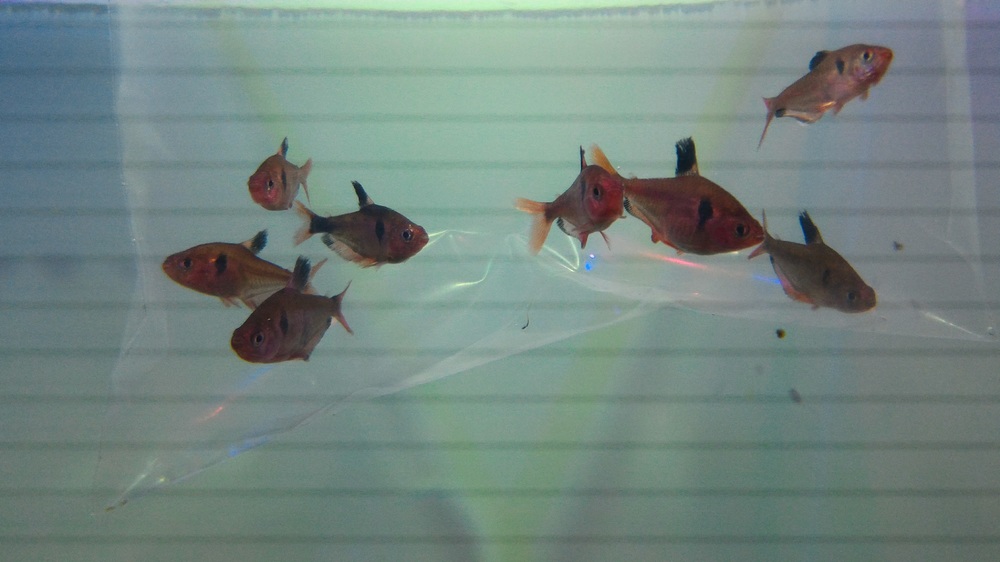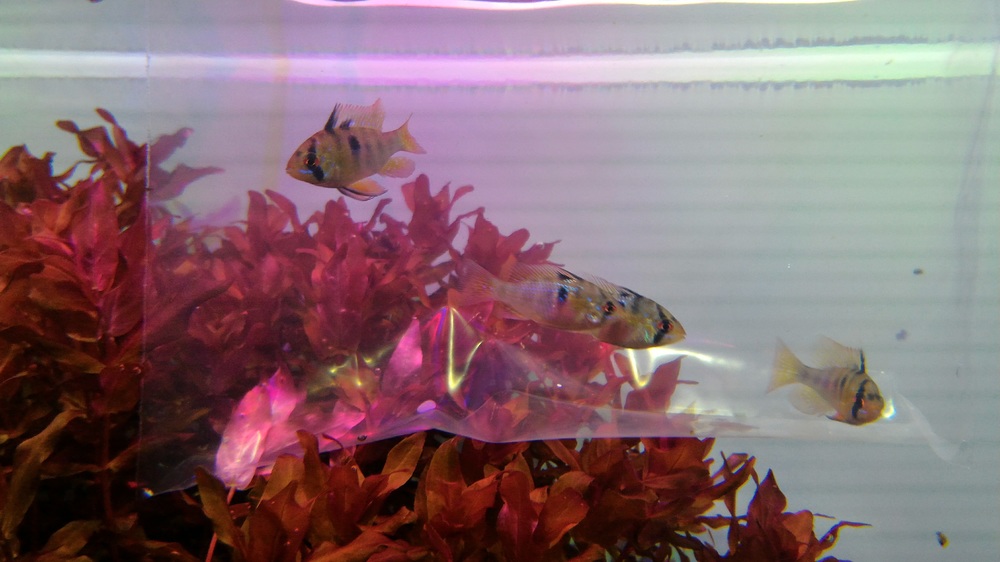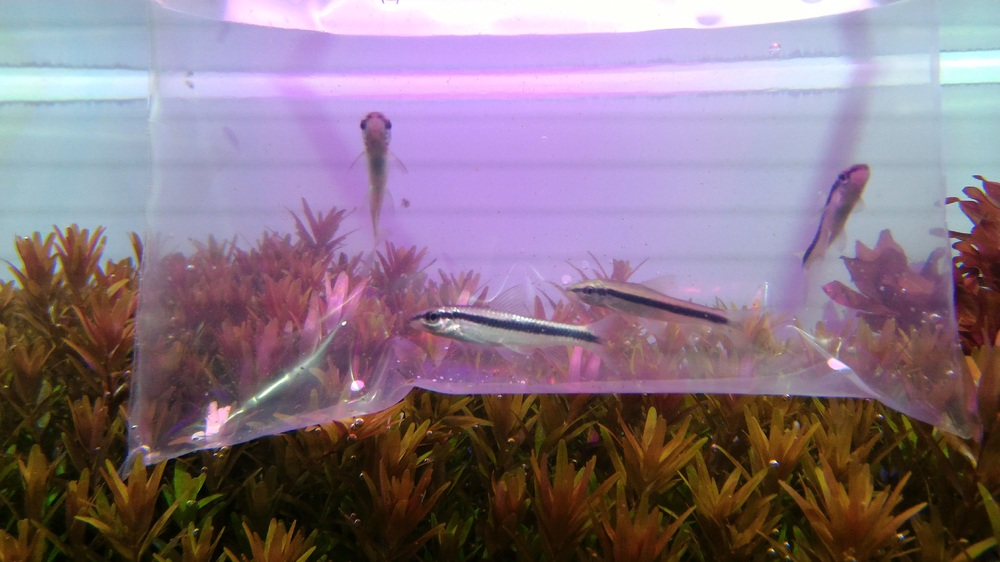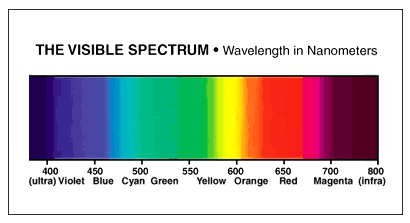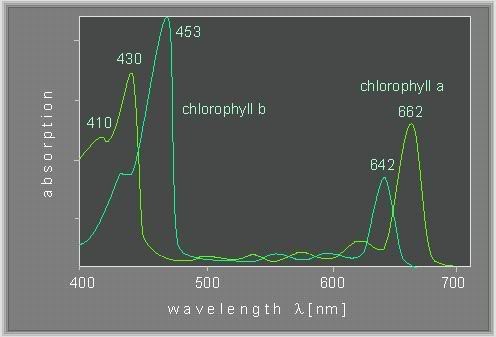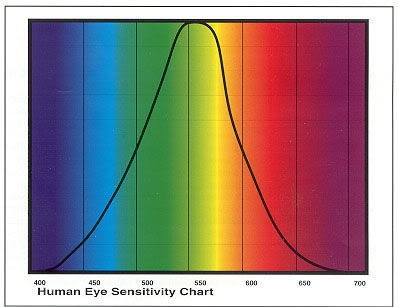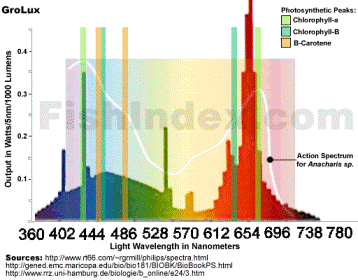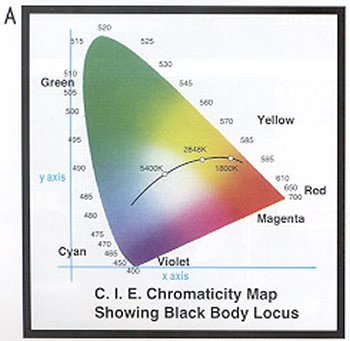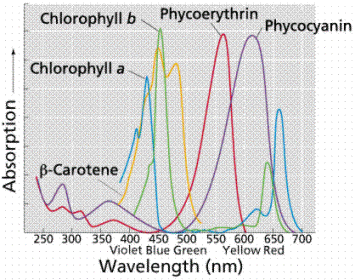Tipo de Conteúdo
Perfis
Fóruns
Eventos
Galeria
Downloads
Loja
Classificados
Community Map
Vídeos
Books
Tudo publicado por Luiz Medeiros
-
conforme resposta ao Gonçalo, está prometido Vera
-
Está prometido, dá-me mais umas 2 a 3 semanas para ver o resultado da alteração deste final de semana.
-
Obrigado Pedro, Boa parte das escolhas foram influenciadas pelo apoio que tenho recebido de todos, aliás, não considero este trabalho só meu, mas de todos que aqui participam, principalmente porque para além do primeiro aquário, este também é meu primeiro forum, e pela paixão dos membros, sinto satisfação em publicar o avanço. Para o tronco, já implementei uma atualização que espero, daqui 2 a 3 semanas, trazer belas fotos. As rotalas para meu desespero já estão novamente a tocar a superfície, provavelmente amanhã vai haver poda a sério, e depois de recomposto, volto com as fotos. Abraço.
-
Obrigado Gonçalo, este final de semana fiz mais uns complementos, vamos ver se daqui umas 2 a 3 semanas, consigo ter tudo próximo de onde quero....
-
Boa noite, Depois de muito tempo, finalmente completei a fauna: + 9 Otocinclus, completaram a equipa de limpeza de 25 + 8 Tetras Serpae, cardume de 15 completo 2 e casais de Ramirezi, para ter algo de diferente, e por último, muitos farão cara feia, mas preciso de uma ajuda para manter o aquário limpo, e sei que muitos dirão que não é uma boa idéia, que vão crescer e mão vão fazer mais a função deles, etc, etc, Eu lí sobre todos os problemas, mas sou teimoso e gosto deste peixe. Sim, isso mesmo, podem contar várias vezes, são 4 SAEs. kkkk Resumindo a equipa toda: 30 x Tetra Cardinal 15 x Tetra Imperador Super Blue 15 x Tetra Serpae 15 x Tetra Nariz-de-Bêbado 04 x Ramirezi 25 x Otocinclos 30 x Amano 04 x SAE Ou seja, 79 peixes genéricos e uma equipa de limpeza de 59, totalizando 138 vivos (E CHEGA) Bom feriado
-
Para quem estiver interessado no tema "Iluminação", a informação abaixo é bastante completa e esclarece muitas dúvidas, porém está tudo em Inglês. Apesar do artigo falar constantemente de lâmpadas fluorescentes, a base aplica-se também aos LEDs, e óbvio que a relação Watt x Lumens/Lux/Par são completamente diferentes (os nossos bolsos é que agradecem) ;-) Quanto ao meu projeto, para quem estiver interessado, comprei os LEDs com base no espectro e não com base nos Lumens, e acabei por ter em torno de 14.000 lumens e 250W de consumo energético. Se isto é muito ou pouco, não vem muito ao caso, já que controlo a intensidade da luz por meio de um Arduíno, onde criei um programa capaz de criar rampas para ligar e desligar e com controlo individual dos diferentes espectros. Mas como disse antes, este trabalho todo só considero válido em aquários com dimensões fora dos padrões, pois para a maioria dos casos (120cm ou 100cm ou 80 cm ou 60cm de comprimento por um máximo de 50cm de altura/profundidade ), as luminárias existentes no mercado dão conta do recado, pois cá entre nós, construir uma luminária como eu fiz, dá MUITO trabalho Abraço ##################### The most common mistake people make with planted tanks is to not understand photosynthesis and the visible spectrum of lighting that affects plant growth. Most people choose lighting solely based on the Kelvin temperature of a bulb. This tells you very little about what type of light within the spectrum is being emitted and at what strength. Visible light is on a scale in nanometers (radiated wavelength) from 400nm (violet) to 700nm (red). Simple matter of photosynthesis: plants can only utilize light that is absorved. Bright light is essential yet only a portion of this white light is used for photosynthesis. The blue and red zones of the visible spectrum are the most beneficial to plants. Green plants appear green because it is reflected light. How "bright" a light appears has more to do with how much light is output in a given area visible to the human eye, with "brightness" being at a maximum in the green spectrum (middle of visible spectrum, or around 550nm). Lighting for a planted tank should not be chosen on color temp alone. It is true that 'full spectrum' bulbs are referred to as bulbs between 5000 Kelvin (K) and 6500 K and are considered to be best for planted tanks. Yet this does not indicate what wavelength in nanometers the bulb is actually emitting. If you want to optimize plant leaf development (blue light) and stem elongation and color (red light) you need light in both the blue and red spectra for photosynthesis. You need a mix of blue and red for your plants, and green for you (brightness as perceived by humans). If your lighting looks extremely bright and your plants seem ultra-green, it means that you have lighting that outputs strongly in the green spectrum. Do not equate this with good lighting for your plants, because plants don't use light in the green spectrum for photosynthesis. Sunlight peaks in the blue spectrum at 475 nanometers (nm). This is a shorter wavelength than red light and is used by both plants and algae. As light passes through water the intensity decreases. The shorter wavelength blue light penetrates water better and more quickly than red, which is slower and absorbed more quickly. Chlorophyll, the photosynthetic pigment used by plants traps blue and red light but is more efficient with red light at 650 – 675nm. Blue is used at the same rate as red because it is more available for reasons mentioned above. For green plants the lighting peaks that are most important: Chlorophyll-a: 430nm/662nm Chlorophyll-b: 453nm/642nm Carotenoids: 449nm/475nm Red pigmented plants use more light in the blue area of the spectrum. Beyond choosing lighting that is optimal for photosynthesis, as above, you should choose lighting with the color temperature that best suits the aesthetic goals of your tank. So, don't obsess about color temperature beyond how you want your tank to look. From a color temperature standpoint, blue-colored light will enhance blues in your fish. Green-colored light will make the tank look bright to humans and enhance the green color of your plants. Red-colored light will enhance the reds in your fish, and any red plants. Lux is lumens/square meter, so they are similar. They are both defined in terms that are meaningful to human perception of light – not plants. They stress the amount of energy in the green band to which humans are most sensitive – not plants. Artificial light sources are usually evaluated based on their lumen output. Lumen is a measure of flux, or how much light energy a light source emits (per unit time). The lumen measure does not include all the energy the source emits, but just the energy with wavelengths capable of affecting the human eye. Thus the lumen measure is defined in such a way as to be weighted by the (bright-adapted) human eye spectral sensitivity. Lumen ratings are usually available, but when you use them you have to keep in mind what they mean. Lamp A can have a higher lumen rating than lamp B and appear brighter to you, while lamp B provides more useful light for plants. Compare the lumen ratings for cool white and GroLux bulbs of the same wattage and you will see what I mean. A 40-watt cool white bulb is rated at 3050 lumen; a 40-watt GroLux bulb (not the wide spectrum) is way lower at 1200 lumens. The big difference is because GroLux lamps provide very little green light and cool whites provide a lot of green light. I have found it best to provide a mix of lighting to a planted tank. The GroLux bulb is perhaps the best plant bulb available but it has very little green light so the visual effects of your tank will look dim and purplish. Yet if you add some other lighting such as a Philips 6500K the effect is more pleasing to the eye and still beneficial to the plants. I find that the GroLux along with a GroLux wide spectrum (89 Color Rendering Index) has a great effect for use as dawn/dusk lighting. (A Sylvania rep. told me it was best to use both together.) Kelvin rating and lumens does not equate for plants. The Kelvin scale is more of how your tank will look to you/us and is totally subjective. It is true that the lower Kelvin ratings like 3000K will have more red light and a 10,000K will have more blue light. Lumens are meaningless for plants, as green plants do not utilize green light for photosynthesis. A higher lumen rating at the same wattage often means greener light. Lumen is a rating weighted entirely towards human perception. It has little to do with the value of a light for either growing or viewing plants. The Kelvin rating is an indication of color temperature. The higher the temperature, the more blue the light. Here's a rough scale: - Reddish/Yellowish Endpoint - Incandescent Light: 2700K Daylight: 5500K Blue Sky: 10,000K - Blue Endpoint – Don't be fooled by color temperature as an indication of what wavelength of light may or may not be present. The emitted wavelengths of light for two bulbs with the same color temperature could be wildly different. Therefore, color temperature is not what you should use to determine useful light for growing plants. It will, however, give you an idea of how things in your tank will look. For example, the sky has a color temperature of 10,000K and looks blue. Lighting that has a higher color temperature, indicating that it is bluish, does point to the fact that blue wavelengths are dominant. This, in turn, just means that it will activate green plants in the blue range, which is a good thing, and enhance blue fish. Red photosynthetic pigment is less efficient at utilizing light and requires stronger light as a result. The less efficient red carotenoid pigment must rely on blue and some green light as well as more intense lighting. There are some plants that that are able to change the pigment they use for photosynthesis depending on available lighting. We see this in red-leaved plants that turn green if the lighting is too low, not enough blue and/or green light. Alternatively, some green leafed plants produce red foliage when closer to the light source or with overly bright lighting. The Kelvin color designation of a particular bulb is not always true to the black body locus line on a CIE Chromaticity map. This is why some 5000K bulbs look yellow and others white, especially when trying to compare a linear fluorescent with a CF or MH. This is where Kelvin ratings of bulbs can fall prey to marketing schemes/hype. The standard measure that quantifies the energy available for photosynthesis is "Photosynthetic Active Radiation" (aka "Photosynthetic Available Radiation") or PAR. It accounts with equal weight for all the output a light source emits in the wavelength range between 400 and 700 nm. PAR also differs from the lumen in the fact that it is not a direct measure of energy. It is expressed in "number of photons per second". The reason for expressing PAR in number of photons instead of energy units is that the photosynthesis reaction takes place when a photon is absorbed by the plant; no matter what the photon's wavelength is (provided it lies in the range between 400 and 700 nm). In other words if a given number of blue photons is absorbed by a plant, the amount of photosynthesis that takes place is exactly the same as when the same number of red photons is absorbed. This is why it is so important to get the spectral output of a bulb before deciding if is a 'good plant light'. You may need to add/mix bulbs to get a lighting that has good visual effects for the human eye and proper light for plants because 'plant bulbs' tend to be purplish. There is an additional term called "Photosynthetic Usable Radiation" or PUR which takes in to account blue and red light only. I don't understand why people insist on distinguishing between lamps on the basis of their color temperature. No lamp renders color correctly or looks natural unless its Color Rendering Index (CRI) rating is very high. When CRI is over 90 the color temperature shouldn't make much difference; colors rendered accurately will always look about the same regardless of the Kelvin rating. Many bulbs render red and orange colors poorly and give you a look with very flat color contrasts. Other bulbs produce a lot of green light and don't render either blue or red very well at all. CRI or Color Rendering Index is an indication of how close the light is to daylight (full spectrum) on a scale from 0 to 100 with respect to how it makes objects appear. In the case of the Philips PL-L 950, the CRI is 92, so it has pretty good color rendering properties. Two bulbs with the same Kelvin temperature but different CRI ratings can produce very different appearances. Compare a 5000K that has an 80-something CRI with a 5000K that has a 90-something CRI. The 80 CRI bulb is very bright, but it renders greens with a distinct yellow cast. The 90 CRI bulb is dim, but it renders rich colors across the whole spectrum. Whether or not a bulb looks "natural" to you is totally subjective. It depends in part on what you're used to. If you only see the world under cool white fluorescents then that is probably what looks natural to you. If you live somewhere with frequently hazy or overcast skies then you may be accustomed to "natural" light having a color temperature near 7000K. If you live somewhere with clear skies and infrequent cloudy days then your natural light might have a color temperature closer to 5000K. If you are used to north skylight then maybe a color temperature close to 10,000K seems more natural. In any case of actual natural light the light will render colors pretty well. That is usually not the case for fluorescent lamps with a high Kelvin temperature rating. If you want a high K lamp that does render colors accurately then you might try finding the Philips C75. It has a 7500K color temp and a 90+ CRI. It could be hard to find and a bit pricey. Plants will grow with ordinary bulbs as they tend to have both some blue and red emissions. The problem is that they also have wavelengths between 500 and 600nm, which algae likes. Green algae and green plants use the same pigments for photosynthesis (chlorophyll a/b & carotenoids). So, light that helps one helps the other. The algae that are different are the blue-green algae (cyanobacteria), which contain Phycocyanin and absorb light heavily in the low 600nm (orange-red), which is unfortunately present in most standard fluorescents. In the planted aquarium artificial light should ideally peak (or be stronger) in the red area of the spectrum. The tanks’ appearance can be compensated (balanced) with blue light and some green light for brightness to the human eye. Strong blue light will cause plant growth to be more compact and bushy and will also tend to promote algae growth. So remember to balance 2/3 red to 1/3 blue light emissions. Bulbs sold as generic plant/aquarium bulbs usually have OK energy in blue and not much in red. A bulb sold as a generic "sunshine" bulb may or may not have some useful red, depending on the bulb. You can put any fluorescent lighting on your tank and do OK, but if you want to maximize plant growth, it's best to compare lighting options and, if possible, try to find the graphs/data for spectra output, rated life and output decay over time. Unfortunately, CF bulbs haven’t caught up with linear bulbs in the ability to offer light (tri-phosphor type) in the proper areas of the spectrum. Fluorescents lose efficiency over time. Some lose more than others - some bulbs may only suffer 10% drop in output, while others may drop 30% or more in the same time frame. The less the drop over time, the less you have to replace them, depending on your application. Linear fluorescent tubes should be changed out every six months and compact fluorescents every year. Fluorescent bulbs marketed for aquaria are often more expensive and not necessarily better than generic versions. They are also not necessarily marketed correctly. Many bulbs offer spectral output graphs. However, many of these graphs are measured in relative power on the Y-axis rather than a known reference like watts per nanometer per 1000 lumens. All that 'relative power' lets you know is that 100% is the highest peak at a given nanometer and all other peaks are relative to this. So, don't be fooled by nomenclature and packaging (marketing hype). Aquatic plants quickly respond to changes in light conditions and are more highly evolved than algae and are able to regulate photosynthesis more quickly than algae, which are biologically less advanced. Therefore, creating a ‘siesta’ period in the middle of the lighting period is effective at curbing algae. Plants are able to start photosynthesis once there is sufficient light. Algae need a long and uninterrupted lighting period to function properly. Intensity and duration will also be detrimental to algae growth. Create an hour dawn/dusk lighting period at the start and end of the lighting period to simulate natural lighting with the ‘siesta’ period in the middle of the intense lighting period. Duration depends on many variables such as type of lighting, size tank, intensity of the lights, etc. The point of this is to say that algae prevention is not a black art that involves estimation of color temperature. There are a few specific things that cause algae, mostly including excess nutrients (phosphate, nitrate) combined with light that is useful for photosynthesis. Fix the water chemistry and you should be able to get rid of the algae without impairing the total light available to your plants in areas of maximum activation for photosynthesis.
-
Caros colegas, peço apenas muito cuidado ao falar de iluminação. Lumens é uma unidade que deveria ser banida das embalagens de lâmpadas, pois não se traduz necessariamente em luz adequada às plantas. Tive uma calha de 8000 lumens no meu e perdi todas as plantas mais sensíveis, somente depois de passar horas a ler a respeito e fazer a minha própria luminária, que obtiver resultados, já que pelo tamanho domeu aquário, não havia nada no mercado que eu não tivesse que vender o carro pata comprar. Tudo tem que ser avaliado, espectro, PAR, profundidade, etc. Agora uma coisa é certa, seja qual for a luminária, como disse o PAFS, é melhor começar devagar. Enviado do meu ASUS_Z00AD através de Tapatalk
-
Estive para comprar uns destes, mas acabei por optar pelos Tetra Nariz-de-bêbado, que esqueci de mencionar na contagem anterior, são 15 também...
-
Boas Bruno, Obrigado pelos comentários. Quanto ao tronco, o aquário só tem 40cm, pelo que não consigo deitá-lo. A idéia para esconder o corte que estou a testar é deixar a Pogostemon Erectus crescer até tapá-lo, além disso, estou a fazer um teste com uma pequena muda de Monte Carlo em cima do tronco para ver ser consegue crescer alí. Quanto aos cardumes, acho que preciso é colocar algum peixe maior no aquário para intimidar os peixes e ver se eles andam em cardume, já que é um comportamento de defesa, pois estão todos muito confortáveis no aquário e raramente os vejo em formação de cardume. Os que mais andam juntos são os Tetra Naríz-de-bêbado, que esqueci de mencionar no comentário que fiz ao Miguel Simões. Abraço
-
Miguel, esqueci apenas de comentar uma coisa, disseste que são poucos peixes? São 31 Amanos, 16 Otocinclus, 30 Tetras Cardinais, 15 Tetras Imperiais Super Blue e 7 Tetras Serpae (Eram para ser 15, mas não tinha disponível). Pensei em colocar uns SAEs para me ajudar com a BBA, mas muitos me desencorajaram a fazer isso. Achas que ainda deveria levar mais?
-
No meu caso, Excel não faz nem cocegas na BBA, no início até deu algum resultado, mas parece que com o tempo ela ganhou resistência. Com H2O2, resulta bem, porém tem que passar longe da Monte Carlo, pois esta é muito sensível ao H2O2. Neste momento passei a fase "paciência", ou seja, com muita paciência, tenho tirado as folhas amarelas e estragadas, feito podas, e por aí a fora. Estou a fazer aquele trabalho meticuloso, demorado e que dá uma grande dor nas costas de ficar horas debruçado sobre o aquário. Abraço.
-
Belo aquário, Não vou opinar em relação as algas pois também estou nesta luta, estou a pensar em colocar uns SAEs, pois não posso usar H2O2 na Monte Carlo, ela é muito sensível, e Excel não resulta, além de afetá-la também. Enviado do meu ASUS_Z00AD através de Tapatalk
-
Obrigado pelos elogios, Realmente o tronco reto torna o aquário pouco natural, e como disse o Inácio, ele já tinha comentado. Nos últimos tempos fiz algumas mudanças na área do tronco, as quais ainda estou esperando "curar" para só depois pensar no que vou fazer em cima do tronco, mas confesso que a idéia que mais gostei até agora tenha sido da Monte Carlo. Eu antes da mudança tinha espaço atrás do tronco, e tinha plantado lá Rotalas Macrandra e Colorata, mas acabei por tirar e encostar o tronco no vidro traseiro, para dar mais espaço para a Monte Carlo, aliás, a forma como as tirei foi contra tudo que me disseram, ou seja, ao invés de cortar, removi com as raízes (tolo), e o que aconteceu? Uma explosão de algas (mais um aprendizado adquirido com a experiência kkkk). Agora estou a espera de fechar o tapete na zona frontal do tronco e continuo no ataque às algas, incluíndo a BBA, que aos poucos tem sucumbido ao H2O2, pois tenho que tomar muito cuidado pois o Monte Carlo não gosta muito disso. Já a fertilização ainda anda a me deixar com uma "pulga atrás da orelha", pois penso estar com deficiência de micro nutrientes quando vejo problemas nas Helferi e nas Repens, mas o pessoal da Ecoarium disse-me que com Scapers's Green da Dennerle não deveria ter problemas com micronutrientes. Preciso criar coragem para comprar um teste para Fe pelo menos, além disso o NO3 e o PO4 continuam a zero, mas as Rotalas crescem como ervas. Ou seja, nada mais que normal, dúvidas, dúvidas e mais dúvidas... kkkk E mais uma vez, obrigado pelo apoio de todos.
-
Obrigado Miguel, Este aquário tem sido uma verdadeira aventura e um grande tanque de testes , pois é meu primeiro plantado. Ainda falta concluir algumas coisas, vamos ver se sobrevivo até o final... Cumps.
-
Boas, Sei que ando desaparecido, mas fica aqui uma foto rápida via telemóvel. Abraços
-
Olá David, Ainda estás com fotoperiodo de 9 horas? Será que não vale a pena baixares para 5 horas enquanto resolver o problema com as algas? Mete uns Amanos aí também, sempre ajudam e boa sorte Enviado do meu ASUS_Z00AD através de Tapatalk
-
Esta questão da circulação realmente tem que ser à base de experimentação, tenho 2 metros de aquário e, apesar de usar dois Eheim Pro4+ 600, este tema têm sido uma constante incógnita.Já experimentei diversas posições diferentes, agora tenho os dois retornos do lado esquerdo ( um próximo da superfície e um próximo do fundo, e este está ligado ao reator de CO2) e as duas saídas do lado direito, só assim consegui garantir que o CO2 atravesse todo o aquário e que tenha menos zonas mortas. Enviado do meu ASUS_Z00AD através de Tapatalk
-
Belo aquário, vou seguir. No meu caso, me indicaram pata começar com o CO2 + forte, 3 bolhas, eventos depois ir reduzindo, porém, meu aquário tem 400 litros e estou ainda com mais de 5 bolhas depois de 3 meses, não consigo diminuir. Enviado do meu ASUS_Z00AD através de Tapatalk
-
Senhores, vamos lá, tenham calma. Isso aqui é para descontrair e adquirir/trocar conhecimentos, mas mesmo assim, espetacular, acho que aprendi mais nestas últimas mensagens do que tudo que tinha lido até agora.. kkkk Como um bom ouvinte (leitor neste caso) que tento ser, tirei ótimas informações dos três, obrigado por esta overdose de biologia e física, quanto a parte elétrica da coisa, não vou discutir, já que é minha formação , por isso ter feito minha própria luminária. Na minha conclusão final, não vou meter nenhum aparelho de ionização, prefiro investir em outras coisas neste momento. Como falei antes, neste momento estou a estudar a parte da fertilização, onde penso estar com carência de Fé. Abraço a todos e muita calma. Enviado do meu ASUS_Z00AD através de Tapatalk
-
Olá David, obrigado pelos comentários. O valor 420 litros tem com base as medidas internas do aquário, ou seja, descontado a espessura dos vidros.As vezes tenho dúvidas se este projeto é um sonho ou um pesadelo kkkkk, para a carteira tem sido um pesadelo [emoji12]. Mas fora a brincadeira, tem sido recompensador. Tenho um miúdo de 4 anos que no mundo dele também se diverte com os peixes. Vamos ver se consigo vencer todas as batalhas que tem aparecido, as quais não teria vencido sem o apoio de todos neste forum, aliás, este foi meu primeiro plantado e a minha primeira participação num fórum. Grande abraço Enviado do meu ASUS_Z00AD através de Tapatalk
-
Obrigado Carlos,Realmente este aquário têm sido uma aventura. Quanto as podas, tens razão, mas ainda estou a experimentar os cortes para ver se pego jeito. O problema é que dá muito trabalho, é muita planta para cortar, quando chega o dia da poda, gasto um domingo inteiro a volta do aquário. Já a "Central elétrica", trabalho com automação industrial e não poderia fazer diferente kkkk, mas quase me arrependi.... Agora é enfrentar a questão da fertilização. Abraço. Enviado do meu ASUS_Z00AD através de Tapatalk
-
Boas, Também fiquei rendido pelo estilo Holandês e estou a fazer um misto, veja no link da minha assinatura. Cuidado com a Myriophyllum Matogrossense, é pior que mato e rouba todos os nutrientes da água, tinha no início do meu e acabei por tirar e trocar pelas pogostemon erectus. Abraço
-
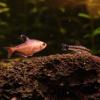
Dicas para compreender um aquario plantado
Luiz Medeiros respondeu a Godlike num tópico de FERTILIZAÇÃO
Boas, Vamos lá reviver este tópico. Tenho um plantado de 400litros: (2000x400x600Alt)mm http://www.aquariofilia.net/forum/index.php?showtopic=253222&hl= - Nesse momento, está densamente plantado: - Fauna - 30 Amanos; - 16 Otocinclos; - 52 Tetras variados - Luz DIY a base de LEDs de potência com ciclo de amanhecer e anoitecer (14 horas, só atinge o máximo no meio do ciclo, antes e depois so rampas lineares) - Fertilização com Scapers's Green da Dennerle; 40ml 1x/semana - Injeção de CO2 pressurizado por meio de reactor em linha - Filtragem feita por 2 filtros EHEIM Professional+ 600 - Tempo do aquário: iniciado em novembro de 2016, ou seja, quase 4 meses Nestes 4 meses, o aquário sovreu várias transformações, principalmente em iluminação, primeiro era uma calha com pouca luz, depois passou a iluminação DIY com fotoperíodos de 5 horas a 100% e há 3 dias passou a 14 horas com ciclos de variação de intensidade, como mencionei acima) Já tive BBA, mas eliminei com Excel e corte de folhas, já que deu-se apenas numa das plantas. Tenho agora sobre as pedras e tronco alguma alga que não consigo identificar ao certo, mas parece GBA, segue foto: A minha grande questão é que estou a ter leituras de NO3 e PO4 a 0 (zero) Se não há nutrientes na água, como as algas e as plantas estão a crescer? Que tipo de fertilização devo usar para além da que já estou a usar? Obrigado pelos comentários. -
Boas, Bem, este fds foi de muito trabalho, em primeiro lugar, uma poda a sério, já que as planats novamente estavam na superfície e para conseguir as formas que desejo, teve que ser. (Assustei com a quantidade de plantas que saiu) Veja como ficou: (Fica tão feio após uma poda deste nível , ainda mais quando somos iniciantes ) E é com orgulho que informo que finalmente conclui o software do Arduino, e com 1500 linhas de código, uma das funções em operação é a simulação do dia, ou seja, aumenta graduadamente a luz até a metade do fotoperíodo e depois começa a diminuir, com isso, terei um ciclo mais natural e por consequência, um fotoperíodo maior. (Ok, 1500 linhas porque sou perfeccionista e criei uma série de outras funções), agora só falta amarrar cabor e organizar tudo um pouco melhor, mas fica para a próxima semana. Quanto ao aquário, continuo com NO3 a zero, é ver o comportamento das plantas durante a próxima semana. A fauna está ótima, nenhuma perda até o momento. Abraço.
-
O Excel também não foi eficiente com as minhas, como só tive em folhas, optei por cortá-las depois de 2 semanas de excel injetado.





